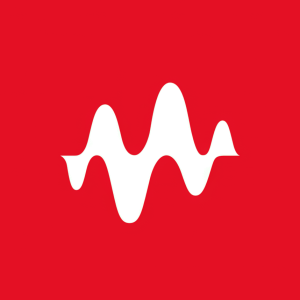Keysight Makes UK’s First 100Gbps 6G Sub-THz Connection with National Physical Laboratory and University of Surrey
- Data link made at speeds greater than 100 Gbps at a frequency of 300 GHz using both 32 and 64 quadrature amplitude modulation
- Achievement enabled by Keysight’s 6G sub-THz testbed platform
Future 6G use cases, such as augmented reality and autonomous vehicles, will require data throughput speeds from 100 Gbps to 1 terabit per second (Tbps). To achieve the extreme data speeds and low latencies required by these revolutionary use cases, the use of sub-THz frequencies is being explored. However, operations in sub-THz frequency bands introduce signal integrity and path loss challenges that can negatively impact performance.
Keysight, NPL, and the
Located at NPL, this new 6G testbed achieved the U.K.’s first high-speed sub-THz data link. The demonstration was made at a frequency of 300 GHz using both 32 and 64 quadrature amplitude modulation (QAM). Built on Keysight’s 6G Sub-Terahertz R&D Testbed, the testbed uses the M8194A Arbitrary Waveform Generator (AWG) combined with
Keysight, NPL, and the
Irshaad Fatadin, Principal Scientist,
Mosaab Abughalib, Senior Research Director and General Manager for Keysight’s
Resources
- White paper: 6G: Going beyond 100Gbps to 1 Tbps
- Keysight 6G Sub-Terahertz R&D Testbed
- M8194A Arbitrary Waveform Generator (AWG)
- UXR0704A Infiniium UXR-Series Oscilloscope
About Keysight in 6G
Keysight creates the runway that enables researchers to launch evolutionary and revolutionary technology platform solutions based on 5G-Advanced and 6G technologies. A cohesive set of design and development building blocks across multiple interconnected technology domains enables innovators to spark new insights. Keysight plays a pivotal role in bringing to life 6G use cases that have the potential to transform society, enhance human interactions, enable enterprises to achieve greater efficiencies, and accelerate life-changing innovations.
About
At Keysight (NYSE: KEYS), we inspire and empower innovators to bring world-changing technologies to life. As an S&P 500 company, we’re delivering market-leading design, emulation, and test solutions to help engineers develop and deploy faster, with less risk, throughout the entire product lifecycle. We’re a global innovation partner enabling customers in communications, industrial automation, aerospace and defense, automotive, semiconductor, and general electronics markets to accelerate innovation to connect and secure the world. Learn more at Keysight Newsroom and www.keysight.com.
View source version on businesswire.com: https://www.businesswire.com/news/home/20230424005566/en/
+1 303 662 4748
geri_lacombe@keysight.com
+81 42 660-2162
fusako_dohi@keysight.com
Source:







